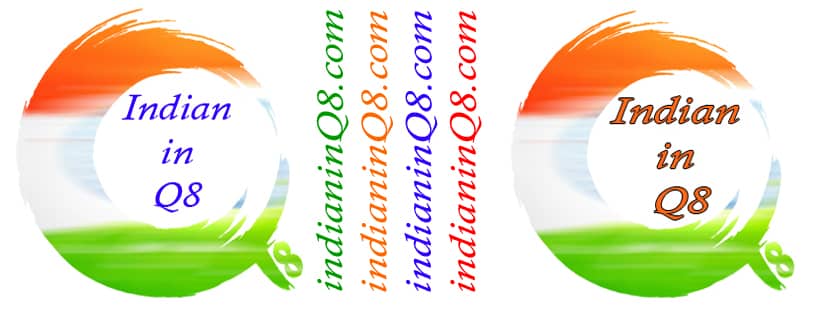ITSM Process Diagram, ITSM Organization Structure , ITSM Process Characteristics
ITSM Process Diagram, ITSM Organization Structure , ITSM Process Characteristics
ITSM Process Diagram
A process is said to be in effect when one or more inputs are transformed into outputs. For inputs to be processed into outputs, enablers and control are essential.
A process includes all of the roles, responsibilities, tools, metrics and management controls required to reliably deliver the outputs.
Each process should be owned by a Process Owner who is responsible for the process, its improvements and ensure that the process meets its objectives. Each process may also have a Process Manager who is responsible for the operational management of a process. There may be several managers for the one process and they will report to the process owner.
Process Enablers are the process assets, resources and capabilities.
Process Control is defined as the activity of planning and regulating a process, with the objectives of performing a process in an effective, efficient and consistent manner.
Processes, once defined, should be documented and controlled, once under control, they can be repeated and become manageable. Processes in Process Control include
• Process Policy
• Process Owner
• Process Documentation
• Process Objectives
• Process Feedback
ITSM Process Characteristics
A process is defined as “a set of coordinated activities combining and implementing resources and capabilities in order to produce an outcome, which, directly or indirectly, creates value for an external customer or stakeholder.”
A Process Owner is responsible for ensuring that processes are carried out according to the agreed upon and documented process and is meeting the aims of the process definitions. This includes tasks such as:
• Ensuring that the process is fit for the desired purpose
• Defining the Key Performance Indicators (KPIs) to evaluate the effectiveness and efficiency of the process
• Responsibility for the process design
• Improving the effectiveness and efficiency of the process
• Ensuring that all relevant staff has the required training in the process and are aware of its role in the process
• Interfacing with line management to ensure that the process receives the needed staff resources
The 4 characteristics of a process are:
• Measurable: A process can be measured in terms of its cost, quality, time, productivity and other variables.
• Specific results: A process must produce a specific result which can be identified and counted.
• Delivers to Customers: A process delivers expected results to internal or external organizations and customers.
• Responds to a specific event: A process must be traceable to a specific trigger.
ITSM Organization Structure :Service Desk ITIL, Information technology infrastructure library
The contributors within an organization have different functions and roles. In order to understand the positioning, it is important to use standardized terms to describe the roles and functions.
The important functions and roles within an organization are:
• Function: Refers to the people and automated measures that perform a defined process or activity or a combination of both.
• Role: Refers to a set of actions that are performed by a person, a team or group.
• Group: Refers to a number of people who perform similar activities or processes.
• Team: Refers to a group of people who work together to achieve a common objective.
• Department: Refers to formal organizational structures that perform specific activities on a daily basis.
• Division: Refers to a number of departments that has been grouped together.
ITIL, ITIL Foundation Course, ITIL V3, ITIL Course, ITIL – Course, online itil, itil certification, online material for itil course, ITSM Process Diagram 7 Steps to Improvement ITIL, information technology infrastructure library 1
Find everything you need.
Search Product, Service, Properties and items on a single site ShareMeBook.
ITSM Process Diagram, ITSM Organization Structure , ITSM Process Characteristics
What is the basic concept of ITIL?
ITIL defines a lifecycle for Service Management that allows us to consider the services in a global way: rationale, design, construction, testing, deployment, upgrade, and removal. The phases of the lifecycle are the following: Strategy: Promotes the vision of Service Management as a strategic asset.
Service Desk ITIL, Information technology infrastructure library
Continual Service Improvement Measurements in ITIL – ITIL Course
What is ITIL certification?
ITIL is a global framework designed to help improve customer experience. Learn what is ITIL certification, benefits of certification and how to get certified. ITIL is a global framework of best practices for IT service management focused on reducing risk, improving customer relations, and supporting IT environments.
